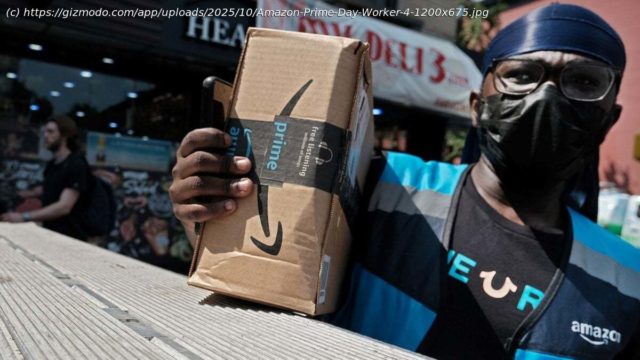Don’t jump on a Prime Day deal until you check the price history.
I’m the writer who comes to you every time Amazon hosts its big blowout deal-a-thon to remind you that you shouldn’t shell out your hard-earned money just because there’s a big red “Prime Big Deal” sticker on it. Now that we’re in October and yet another Prime Day is upon us, we’ve noticed a new trend. Prices have spiked to the point that today’s “deals” are far less impactful than they once were. In some cases, products with supposed limited-time discounts cost what they used to cost back at launch.
This year’s October Prime Day (Amazon started exhausting us with two Prime Day events a year in 2023) isn’t as egregious as the company’s four-day shopping extravaganza back in July. I’ve been poring over the deals on the page from Tuesday through Wednesday, and I’m finding more honest discounts for consumer tech items, like a 2025 Asus ROG Strix G16 (with an older Intel Core i7-14650HX CPU and Nvidia RTX 5060 GPU) for $1,200 versus its list price of $1,500. Normally, Amazon and third-party retailers jack up the base price of a product to make the deals seem more extravagant than they are. Now, the prices can compare to past devices prior to Trump dropping his first set of international tariffs back in April.
Even if the deals this October seem more subdued and realistic, it’s only because suggested retail prices have skyrocketed due to Trump’s ongoing obsession with tariffs. The ROG Strix G16 from 2024 with a 13th-gen Intel chip and RTX 4060 normally went for between $1,250 and 1,350 throughout last year into June this year. Price history site Camelcamelcamel shows the price has not moved from $1,384.
Домой
United States
USA — software Prime Day Deals Are Mostly Just. the Price of Products Pre-Tariffs






